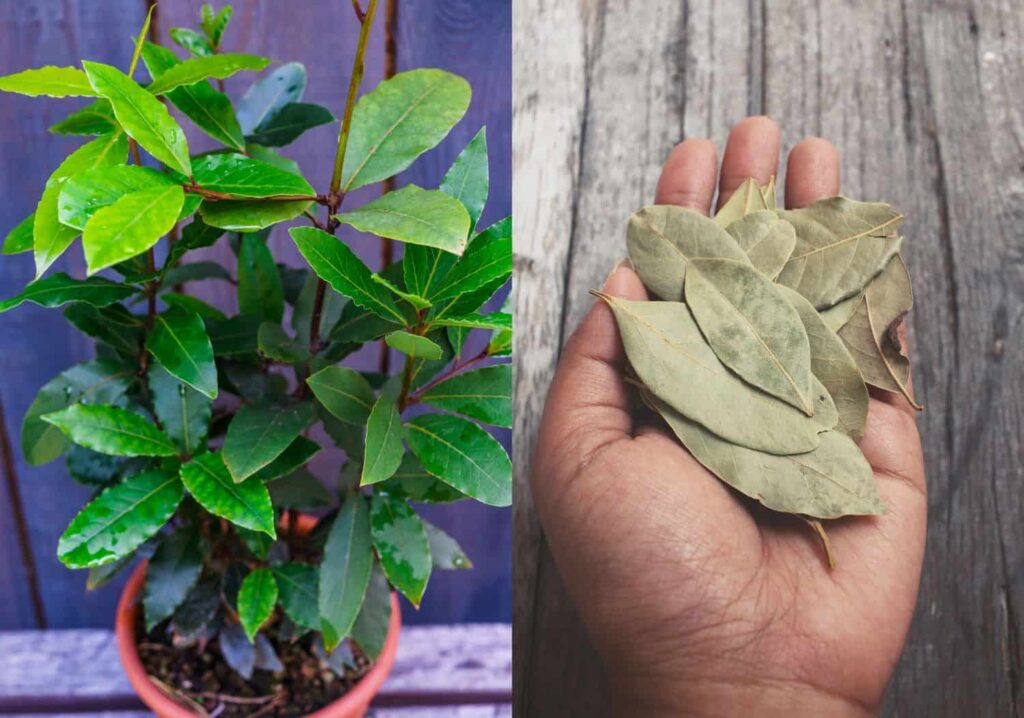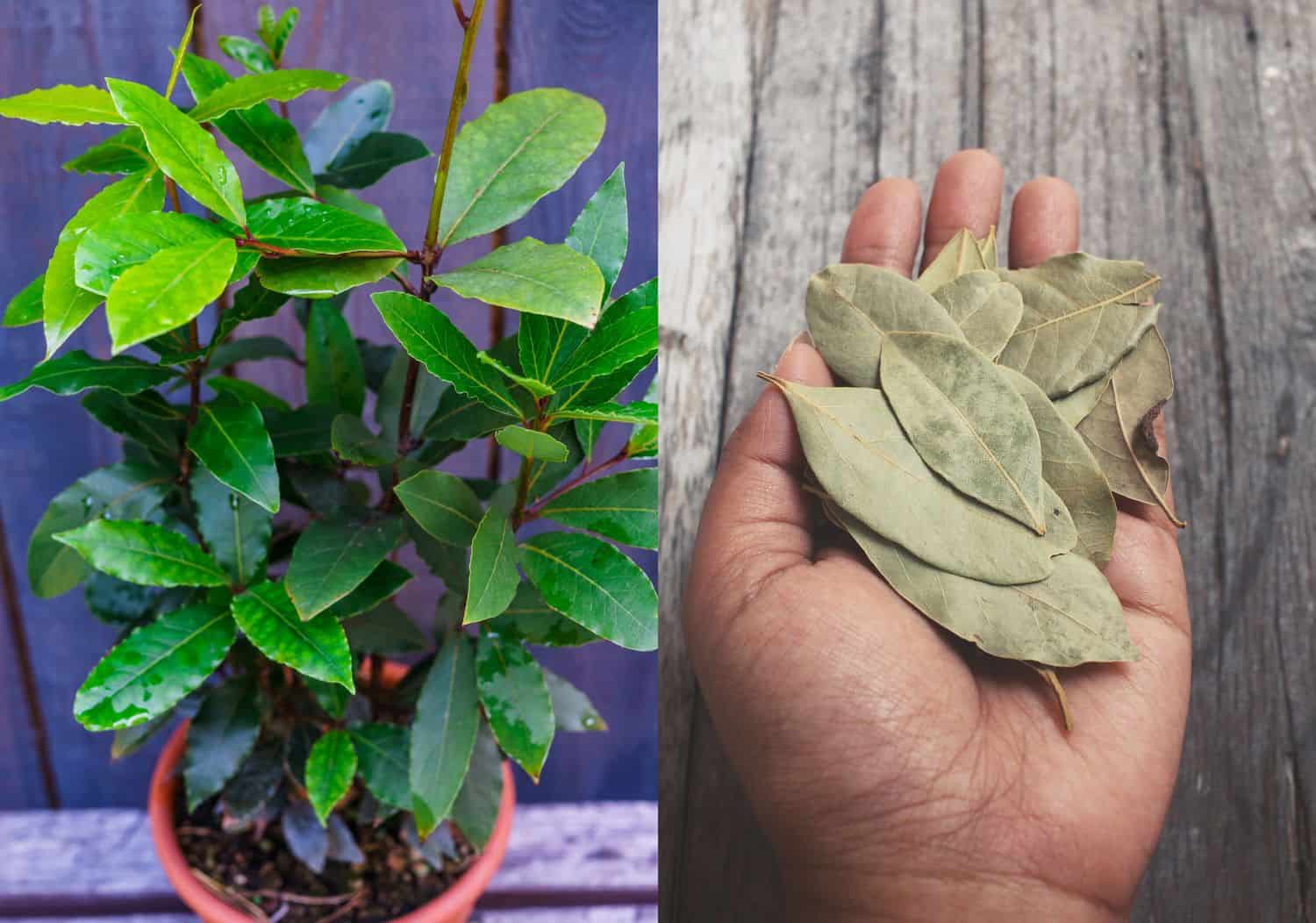
Growing bay leaves, derived from the Bay Laurel tree (Laurus nobilis), can be a rewarding endeavor for any home gardener. Not only does it provide a fresh supply of aromatic leaves used in cooking, but it also adds an aesthetic element to your garden. Here’s a comprehensive guide on how to grow and care for Bay Laurel:
1. Choosing the Right Variety
The Laurus nobilis is the true bay leaf that is used for culinary purposes. Ensure you are purchasing the correct species, as other plants may also be referred to as “bay” but do not provide the same flavoring.
2. Starting from Seed or Saplings
-
Seeds: Bay Laurel can be grown from seeds, though it can be a slow process, often taking several months to germinate. If you choose this method, plant the seeds in the fall and expect germination in the spring.
-
Saplings: A more common approach is to buy a young bay tree from a nursery. This method provides a head start on growth and tends to be more rewarding for those looking for quicker results.
3. Planting Location and Soil
-
Sunlight: Bay Laurel prefers full sun to partial shade. In hotter climates, some afternoon shade can be beneficial.
-
Soil: The tree thrives in well-drained soil with a neutral to slightly acidic pH. Enhance your garden soil by mixing in some compost or peat moss to improve drainage and nutrient content.
4. Planting
-
When to Plant: Spring or fall are ideal for planting Bay Laurel, as the mild weather helps the plant establish without the stress of extreme heat or cold.
-
How to Plant: Dig a hole twice as wide as the root ball and just as deep. Place the plant in the hole, ensuring the root crown is level with the soil surface. Backfill the hole, gently tamping down the soil to remove any air pockets.
5. Watering and Nutrition
-
Watering: Young plants need consistent moisture to establish. Water regularly, allowing the soil to dry slightly between waterings. Mature plants are drought-tolerant but benefit from occasional deep watering.
-
Fertilizing: Use a balanced, slow-release fertilizer in early spring to promote healthy growth and leaf production. Over-fertilizing can harm the plant, so follow product guidelines carefully.
6. Pruning and Maintenance
-
Pruning: Prune in late winter or early spring to maintain desired shape and size. Bay Laurel can be grown as a shrub or trained into a tree form. Regular pruning also encourages new leaf growth.
-
Pest Control: Bay Laurel is relatively resistant to pests, but keep an eye out for bay sucker insects and scale. Treat infestations early with appropriate organic or chemical treatments.
7. Harvesting
-
When to Harvest: Leaves can be harvested as needed once the plant is well established. Pick leaves from different parts of the plant to encourage even growth.
-
How to Use: Fresh bay leaves have a more intense flavor than dried and can be used directly in cooking. Leaves can also be dried for later use.
8. Overwintering
In colder climates, it’s important to protect your bay tree during the winter. Potted plants can be moved indoors or to a protected outdoor area. For in-ground plants, apply a thick mulch layer around the base to insulate the roots.
Conclusion
Growing Bay Laurel requires patience, especially from seed, but the rewards are plentiful. With proper care, your Bay Laurel can provide fresh, flavorful leaves for your culinary adventures for many years. Whether in pots or in the garden, these evergreen trees are a valuable addition to any home.




